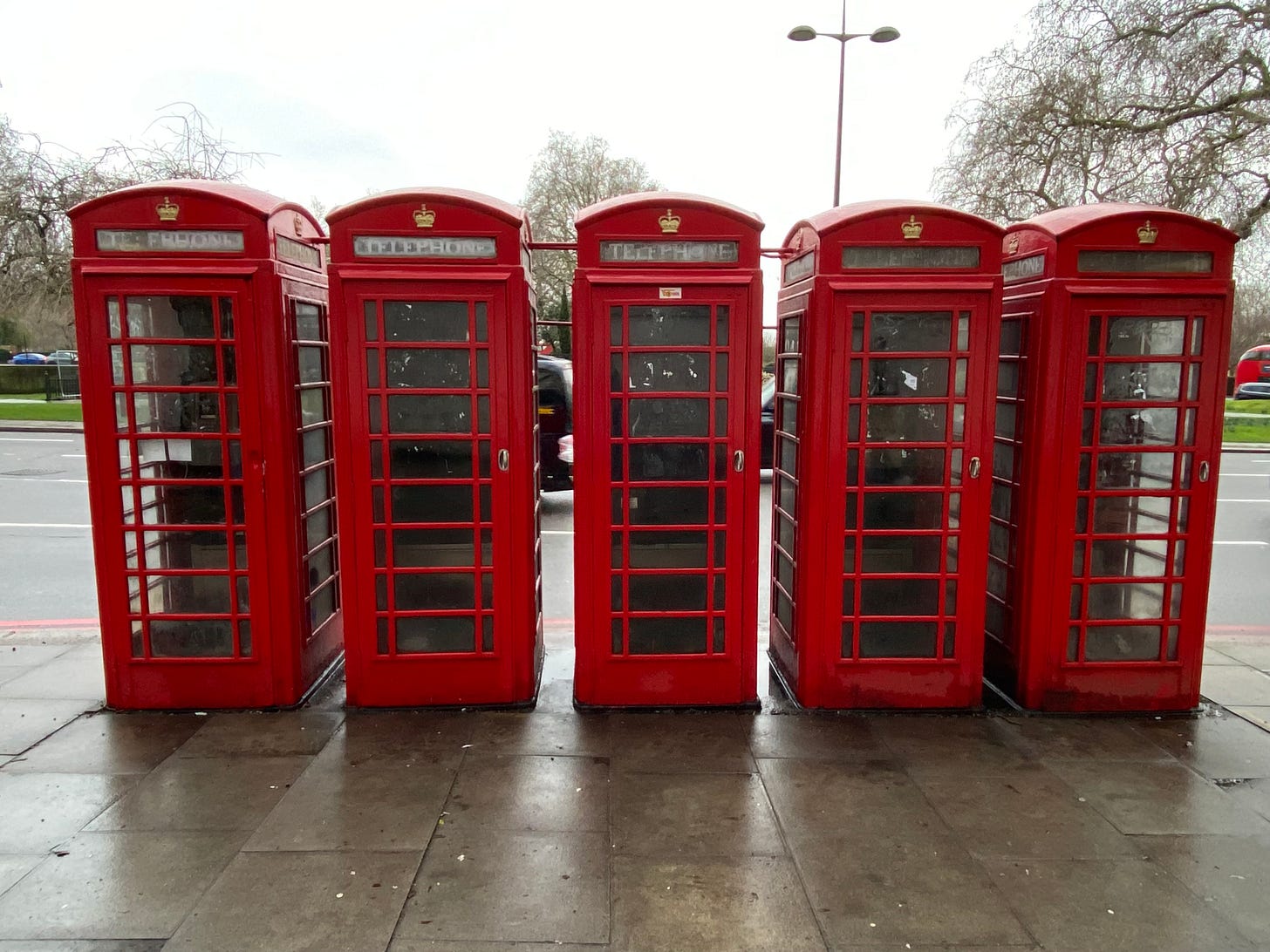Less is more in app design
Choice is alluring but confusing
A supermarket ran an experiment. It offered a variety of jams for shoppers to try: six different types on the first day then 24 on the second. On the first day, with the smaller selection, 30% of customers tried then bought some jam. On the second day, with the bigger selection, only 2% of customers tried then went on to buy. Counterintuitively, when there was a larger selection, sales dropped significantly. This is an illustration of the paradox of choice. Greater choice seems alluring, but often leads to lower take up. Hence, the expression less is more.
More is difficult
The fact that some choice is good doesn’t necessarily mean that more choice is better. - Barry Schwartz
Intuitively, it feels like greater choice should be a good thing. The more options we take into consideration, the better our final decision. Greater choice will make us happier. However, the opposite is often true. More options causes us to raise expectations and worry that we will make the wrong decision. Abundance of choice causes stress and indecision. I would love to understand and use AI based tools, but I feel overwhelmed by the constant stream of updates on the topic.
Paradox of choice in apps
If you think good design is expensive, you should look at the cost of bad design. - Ralf Speth
The paradox of choice needs addressing in app design. If users are presented with multiple features or options, it can be difficult to know where to start or what to do. This can lead to frustration, abandonment and an overall negative experience.
App designers can avoid the paradox of choice by applying the following principles:
Prioritising features: Not all features are created equal; some are more equal than others. Every extra feature added takes cognitive effort to understand and use. Give prominence to features the user needs to achieve their core tasks.
Grouping features: It is helpful to group features together by function. This makes it easier for users to find the features they're looking for.
Labelling clearly: Labels should be clear and concise. Users should understand what each labelled item or feature does.
Using intelligent defaults: Provide defaults for settings and preferences. This will save user’s time and effort when setting up and using an app.
Allowing customisation. Some users may want to customise an app to their specific needs. This will increase satisfaction and engagement.
Applying design principles
Simplicity is not the absence of clutter, that's a consequence of simplicity. Simplicity is somehow essentially describing the purpose and place of an object and product. The absence of clutter is just a clutter-free product. That's not simple. - Jony Ive
I am designing a free to play mobile game called Scarper (Tetris meets Candy Crush). I aim to develop an intuitive and fun app. Scarper will have a minimalist design, applying Simplicity in 8 Steps. I’m avoiding the paradox of choice by:
Prioritising features: Key features, such as selecting and playing grids then tracking progress, are front and centre of Scarper’s clean cut design. 80/20 App Development helps me prioritise features.
Grouping features: Each scene in Scarper provides access to the features necessary to undertake a task, e.g. play a grid or create a grid.
Labelling clearly: Labels in Scarper are either text, e.g. Moves, or visual icons, e.g. Shuffle tiles in a grid. Where possible visual icons are used, given the multilingual, global audience.
Using intelligent defaults: The options presented to players will adapt as they progress through the game, e.g. Scarper will remember which colour palettes are used.
Allowing customisation: Users can create their own playable grids. Theses can be shared with others to play and the best ones will be built into the main game itself. Creators will be credited for their efforts.
I launched an earlier version of Scarper (called Conxy) and got very useful feedback from an enthusiastic group of players. This informs my design decisions.
Other resources
The Elements of Choice book by Eric Johnson
Help Users Do Things post by Phil Martin
When to Stop Searching and Choose post by Phil Martin
Appropriately, when writing this post I faced the paradox of choice. I could have written about more design principles, but settled on five.
Have fun.
Phil…


